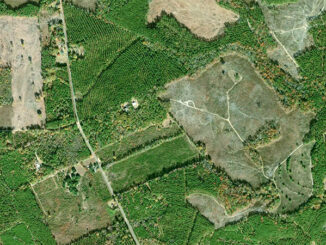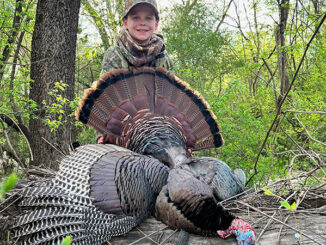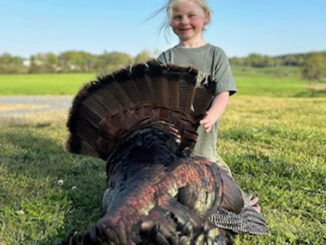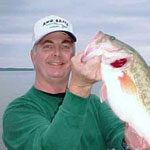Strategies for all-season Toms
Steve Cobb said late-season gobblers are killable, but drumming may be your key that the bird is pre

Even in today’s digital world, printed maps are essential tools for outdoorsmen. […]

Mason Hilton killed his first turkey during a public land hunt on Monday April 8, 2024 in North Carolina. The gobbler weighed 19 pounds, […]

Josie Mauldin, 6-years-old, killed a nice gobbler, her first ever, while hunting on her family’s land in Stanly County, NC on April 8, 2024. […]

Copyright 1999 - 2024 Carolina Sportsman, Inc. All rights reserved.
Be the first to comment